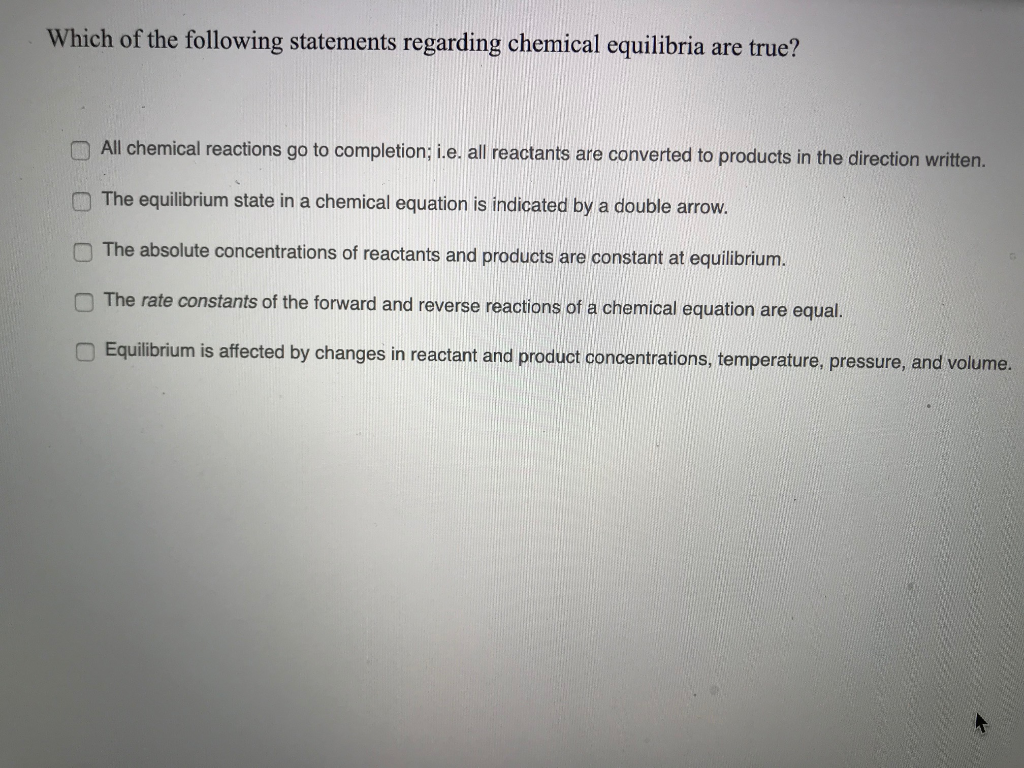Which Of The Following Statements Are Accurate Regarding Supplies

Imagine a bustling classroom, sunlight streaming through the windows, the air thick with the scent of crayons and fresh paper. Children are eagerly reaching for supplies, ready to unleash their creativity. But what lies behind that seemingly endless supply of glue sticks, construction paper, and notebooks? The truth about school supplies, office essentials, and even emergency provisions is often more complex than we realize.
This article aims to clarify some common misconceptions and confirm accurate information regarding the supply chain, sourcing, and sustainability of everyday supplies. We'll delve into statements about supply availability, responsible sourcing, and cost-effectiveness, shedding light on the intricate web that brings these essential items to our fingertips.
The Allure and Reality of "In Stock"
One statement frequently encountered is: "We always have enough supplies." Is this always accurate? The answer, as you might suspect, is nuanced.
Historically, schools, businesses, and individuals aimed for robust stockpiles. This stemmed from a desire for preparedness and a fear of potential shortages.
However, modern inventory management systems, like Just-in-Time (JIT), have dramatically altered this approach. These systems prioritize minimizing storage costs by receiving goods only when needed for production or consumption.
JIT and its Implications
While JIT can be incredibly efficient, it also leaves organizations vulnerable to disruptions. A single event, such as a factory closure or a transportation delay, can trigger ripple effects throughout the supply chain.
This leads us to the statement: "Supply chains are always reliable." Sadly, the past few years have highlighted the fragility of global supply networks. The COVID-19 pandemic, geopolitical instability, and natural disasters have all demonstrated the potential for significant disruptions.
Consider the semiconductor shortage that impacted the production of everything from cars to gaming consoles. This event illustrated how interconnected global supply chains truly are.
Decoding "Eco-Friendly" Claims
Another common claim revolves around sustainability: "All of our supplies are eco-friendly." This is where critical evaluation becomes essential. The term "eco-friendly" can be misleading.
Many products are marketed as sustainable based on a single attribute, such as being made from recycled materials. While this is a positive step, it doesn't necessarily encompass the entire product lifecycle.
Life Cycle Assessment (LCA) is a more comprehensive approach to evaluating sustainability. LCA considers the environmental impact of a product from raw material extraction to manufacturing, transportation, use, and disposal.
The Federal Trade Commission's Green Guides provide guidance on making accurate and substantiated environmental claims. They emphasize the importance of avoiding vague or misleading terms like "eco-friendly" without clear justification.
The Importance of Certifications
Look for recognized certifications to verify sustainability claims. Organizations like the Forest Stewardship Council (FSC) for paper products and Cradle to Cradle Certified provide independent assessments of environmental performance.
These certifications ensure that products meet specific criteria for responsible sourcing, material health, product circularity, clean air and climate protection, and water and soil stewardship.
Therefore, the statement "All of our supplies are eco-friendly" is rarely, if ever, entirely accurate without supporting evidence and recognized certifications.
The Myth of "Cheapest is Best"
Finally, let's address the statement: "The cheapest supplies are always the best choice." While budget constraints are a reality for most organizations and individuals, prioritizing cost above all else can be a costly mistake in the long run.
Lower-priced supplies may be made from inferior materials, leading to reduced durability and performance. This can result in increased replacement costs and potentially compromise safety.
Consider the example of inexpensive electrical supplies. Substandard wiring or components can pose a fire hazard. This illustrates the importance of investing in quality, even if it means paying a slightly higher price upfront.
Total Cost of Ownership
A more accurate metric to consider is the Total Cost of Ownership (TCO). TCO takes into account not only the initial purchase price but also factors such as maintenance, repair, and replacement costs over the product's lifespan.
Investing in durable, high-quality supplies can often result in lower TCO over time. This approach also aligns with sustainability principles by reducing waste and extending product lifecycles.
Therefore, the statement "The cheapest supplies are always the best choice" is inaccurate. Value, durability, and long-term cost-effectiveness should be prioritized over simply seeking the lowest initial price.
Conclusion: Informed Choices for a Better Future
Navigating the world of supplies requires a discerning eye and a commitment to informed decision-making. The statements we've examined – "We always have enough supplies," "Supply chains are always reliable," "All of our supplies are eco-friendly," and "The cheapest supplies are always the best choice" – are rarely entirely accurate in their simplest forms.
By understanding the complexities of supply chains, evaluating sustainability claims critically, and prioritizing value over price, we can make choices that benefit both our organizations and the planet. Let's strive for a future where our consumption habits are guided by knowledge, responsibility, and a genuine commitment to sustainability.
Choosing wisely ensures that when those children reach for their crayons, they're not just creating art, but contributing to a more sustainable and equitable world.







![Which Of The Following Statements Are Accurate Regarding Supplies [ANSWERED] All of the following statements are correct regarding - Kunduz](https://media.kunduz.com/media/sug-question-candidate/20211203063233722844-3475341.jpg?h=512)

![Which Of The Following Statements Are Accurate Regarding Supplies [ANSWERED] Which ONE of the following statements is CORRECT regarding](https://media.kunduz.com/media/sug-question/raw/49607726-1658864012.9971716.jpeg?h=512)
![Which Of The Following Statements Are Accurate Regarding Supplies [ANSWERED] 27 Which of the following statements is correct regarding](https://media.kunduz.com/media/sug-question-candidate/20200704172409918628-1835984.jpg?h=512)

